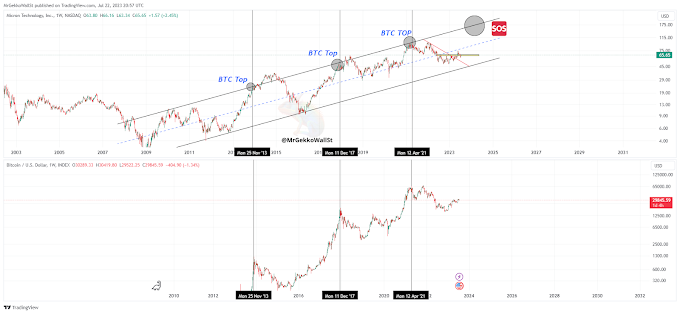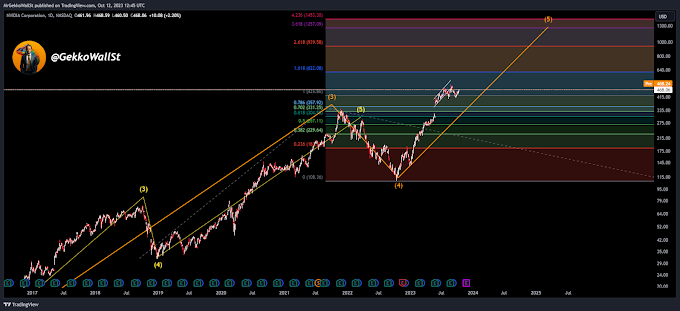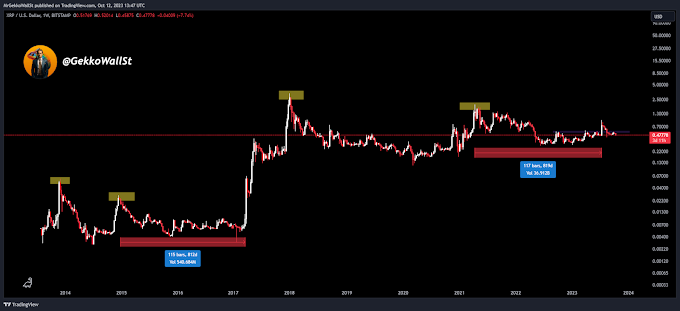Cryptocurrency mining is the process by which new units of a cryptocurrency are created, and transactions of that cryptocurrency are verified and recorded on a blockchain. The blockchain is a decentralized and immutable public ledger that contains all the transactions ever made with that cryptocurrency.
Mining involves solving complex mathematical and cryptographic problems to add a new block of transactions to the blockchain. Here's a simplified overview of how cryptocurrency mining works:
1. Transactions: When someone makes a transaction with a cryptocurrency, that transaction is broadcasted to the network.
2. Transaction Pooling: Transactions are grouped into a block. Each block has a maximum size, which means there's a limit to the number of transactions that can be included in a block.
3. Proof of Work (PoW): Most cryptocurrencies use a consensus system called Proof of Work (PoW). Miners compete to solve a complex cryptographic problem. This problem requires a significant amount of computational power to solve, but the solution itself is easily verifiable. The first miner to find the solution to the problem can add the block of transactions to the blockchain.
4. Problem Solution and Block Addition: The miner who solves the cryptographic problem first broadcasts the solution to the network. Other nodes on the network verify the solution, and if it's correct, the block is added to the blockchain. The miner is rewarded with a certain amount of the cryptocurrency as a reward for successful mining and for the transaction fees included in the block.
5. Consolidation and Immutability: As new blocks are added to the blockchain, the network continues to grow. Since each block contains a reference to the previous block, they are linked in chronological order, forming a continuous chain of blocks. This ensures the immutability of transactions and the integrity of the history.
6. Mining Difficulty: The difficulty of the cryptographic problem adjusts automatically over time to ensure that blocks are added at the desired rate. If more miners join the network, the difficulty increases to maintain a steady block creation rate. If fewer miners are active, the difficulty decreases.
It's worth noting that while mining is a fundamental part of many cryptocurrencies like Bitcoin, there are other consensus algorithms such as Proof of Stake (PoS) and Proof of Authority (PoA) that don't rely on raw computational power but factors like coin ownership or trust in certain entities. Each consensus system has its own advantages and disadvantages.





